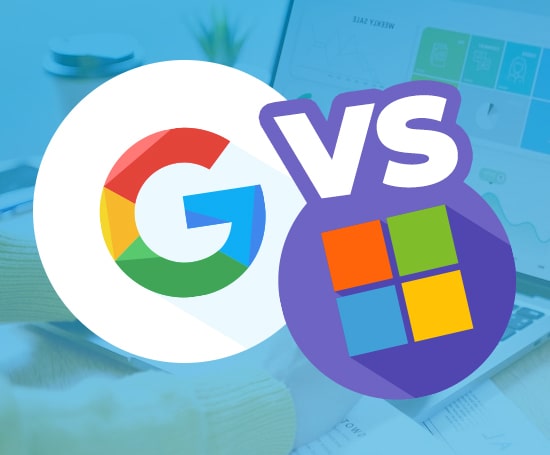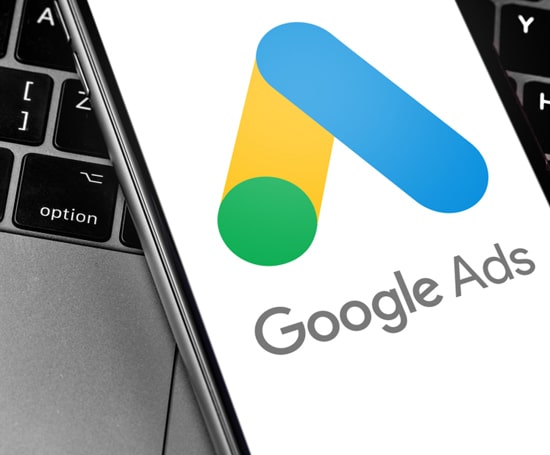Latest From The Sayu Blog



As we have discussed in part one, mining the long tail to maximize your Google Adwords return on investment (ROI) has become a science in itself. Advertisers using pay per click programs like Adwords are constantly striving to reach further and further into the long tail to increase their keyword coverage, and obtain as much or even more targeted traffic for substantially less money.
Localisation can be useful if you do not have a large number of products or services in your inventory, or if you only provide your services within certain geographic areas. A large number of customers frequently type in at least their country name with search terms, making a strong case for adding terms such as "uk", "usa" or "japan" to your keywords.
For companies that serve local areas it is often beneficial to add details into your Adwords of all of the areas that you cover. Think carefully about what the customer will type in - "bookshop london" may be effective, but "bookshop greenwich" or "bookshop deptford" may be even cheaper. If your area is very localised consider entering the first half of the postcodes within the region, such as "bookshop se13". It may also be valuable to look at more local verticals, such as Google Local or paid listings in online local directory services.
Even companies with national coverage can benefit from regional search terms: buyers looking for "books manchester" may still buy from you if you ship nationwide. On these keywords it is especially important to measure the ROI, in order to make sure that customers are not leaving your site when they find you are not a local high street retailer.
Spelling mistakes are an important opportunity within long tail marketing. Google provides a good example of the range of spelling errors entered by users on the page: http://www.google.com/jobs/britney.html
Try finding alternative spellings and potential typing errors for your broad terms and categories ("fition" instead of "fiction"), authors or manufacturers ("murokami" instead of "murakami") and product titles ("da vinchi" instead of "da vinci"). Also be aware of differences in plurals ("novels" instead of "novel") and spaces or punctuation ("davinci" instead of "da vinci"). All of these can be incredibly helpful for getting the most out of the long tail.
Call to action keywords like "buy" and "find" can be very powerful tools to increase the ROI of your keywords. Users will often type in terms such as "Buy Da Vinci Code" or "Buy Agatha Christie Novel". These keywords not only allow you to get further into the long tail, but also represent customers that are further down the buying cycle, and therefore more likely to purchase. You will often find that users that type in these terms are more likely to convert, allowing you to spend more money on the terms and achieve the same margin, while getting greater visibility and traffic through an increased position.
Adjectives such as "cheap", "low cost", "genuine" or "bargain" can have a similar affect and are widely used by users. It is wise to test these words on a small subset of your keywords before using them in conjunction with every keyword in your account, so that you can see which ones are effective.
To make the most of your new long tail keywords, you will need to have very specific creatives. When dealing with hundreds of products and thousands of keywords it is tricky to generate a unique creative and landing page for each one, but if you are to maintain good click through and conversion rates then this is essential. Third party software that is capable of generating large amounts of keywords along with effective creatives and landing pages is rare to non-existent at the current time, but PPC management companies will often have their own in-house PPC tools to achieve this.
Using Google Adwords it is also possible to allocate multiple creatives to one adgroup. This is highly recommended as you test your keyword generation, using multiple creatives with different calls to action and incentives to buy. With a good tracking system it is possible to measure the ROI of each individual advert text, and by doing this you can optimise your campaign to make sure that you get the ideal creative to attract the most conversion-friendly users. It is worth noting that one version of your creative will not necessarily work equally well with all of the products, services and categories on your site - it is essential to test many different creatives for each adgroup in your PPC campaign.
Although it is possible to generate all of the keywords for your Google Adwords account in one go, you will have difficulty managing the upload to the search engines, and when dealing with thousands of keywords and hundreds of ad groups it will be especially difficult to decide which keywords have been effective. It is also likely that once you have uploaded your keywords to your Adwords account there will be changes and tweaks that you would like to implement, which can be time consuming with a full account.
Its is recommended therefore that you start with broad terms and then narrow them down overtime, adding more and more long tail searches. In doing this you can decide exactly which broad terms work and which categories, authors (or manufacturers) produce the best ROI. You can then use this information to strategically generate the next batch of keywords.
Once the keywords are uploaded to Google it is important that you decide on a method for measuring and managing the ROI on each keyword. Bid management tools can be especially helpful here, or a third party PPC management company. It is highly recommended that the solution you chose is able to manage your listings on a keyword level, not just a campaign or adgroup level, as different keywords will perform very differently across your campaign. By focusing on a more general level you will be missing opportunities to increase the CPC on some keywords that are performing well, while spending money on other keywords that perform badly.
It is also vital that you work on a keyword management strategy to deal with change - how you are going to remove keywords for products or services that become discontinued, and how you are going to add keywords for new products or services when they are added to your inventory? A sensible method is to store a list of your products or services in a database or spreadsheet, along with all of the associated keywords and ad groups for each, so that when your inventory changes you can manage it effectively.
Sayu Ltd specialise in pay per click management services. By utilising advanced statistical techniques, long tail marketing and proprietary automated bidding software we can reduce overall advertising spend and increase the quantity and quality of traffic that is provided by a client's internet advertising campaigns.


